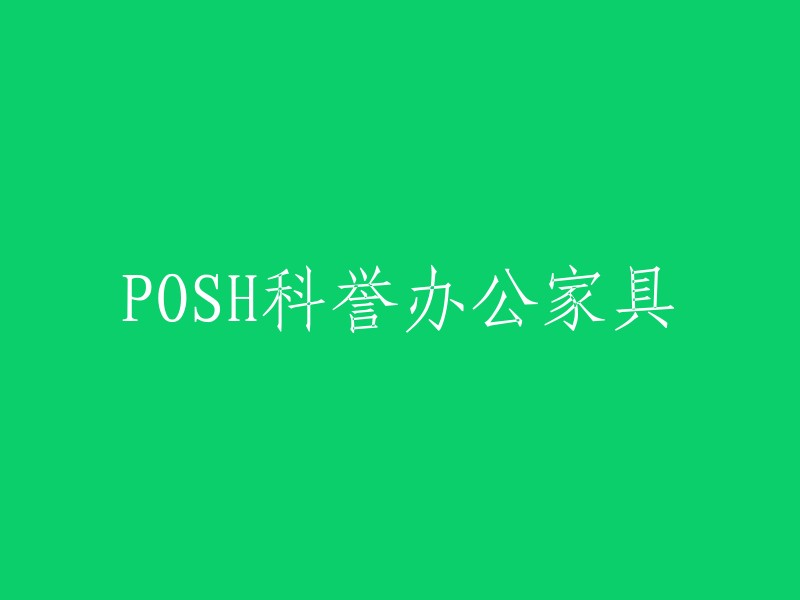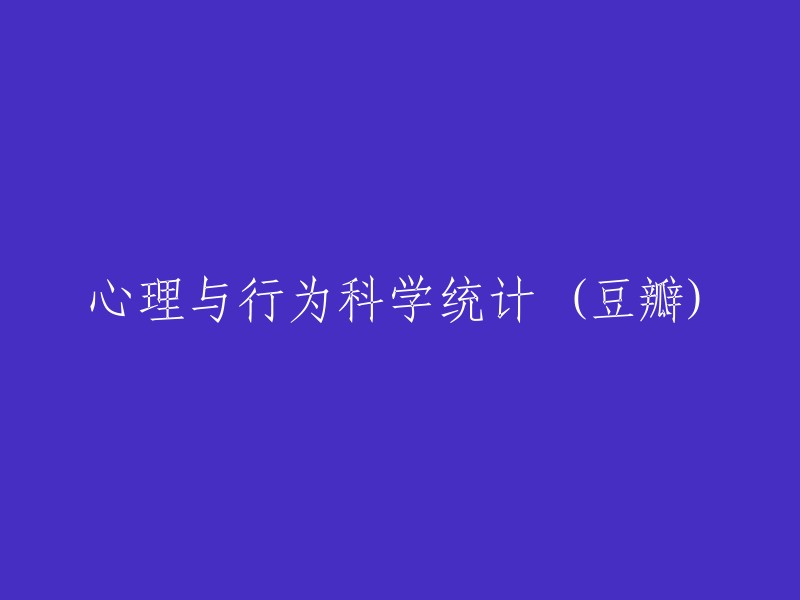此文为转载,经过亲测验证,其有效性得到了证实。
以下是重构后的代码:
```java
import java.util.concurrent.ExecutorService;
import java.util.concurrent.Executors;
import org.apache.commons.httpclient.HttpClient;
import org.apache.commons.httpclient.HttpStatus;
import org.apache.commons.httpclient.cookie.CookiePolicy;
import org.apache.commons.httpclient.methods.GetMethod;
public class Test {
private static volatile int number = 0;
private static final String url = "http://blog.csdn.net/chinacsharper/article/details/17514923";
/**
* @param args
*/
public static void main(String[] args) {
// 简单的用一个线程池
ExecutorService es = Executors.newFixedThreadPool(30);
// 线程的个数应该根据自家的网络来定。我家是10M网所以20个基本上就是上限了。
for (int i = 0; i < 20; i++) {
Runnable r = new Runnable() {
public void run() {
refreshBlog();
}
};
es.submit(r);
}
}
/**
* refreshBlog 这个方法是相应请求
* @author heinz_ho
* @return void
*/
public static void refreshBlog() {
HttpClient httpClient = new HttpClient();
GetMethod getMethod = new GetMethod(url);
getMethod.setRequestHeader("User-Agent", "Mozilla/5.0 (Windows NT 6.1; WOW64) AppleWebKit/537.36 (KHTML, like Gecko) Chrome/39.0.2171.99 Safari/537.36 LBBROWSER");
// 其实这里我也不太懂。我只是知道cookie的生成策略,但是因为 csdn会判断力过来的cookie是啥。必须加。
getMethod.getParams().setCookiePolicy(CookiePolicy.BROWSER_COMPATIBILITY);
// 偷懒就用了一个死循环
while (true) {
try {
// 这句话会造成阻塞因为想网络发起请求。
int statusCode = httpClient.executeMethod(getMethod);
if (statusCode != HttpStatus.SC_OK) {
System.out.print("失败:" + getMethod.getStatusLine());
} else {
System.out.println("你已经刷新了:" + number++);
}
} catch (Exception e) {
System.out.print("请检查网络地址!");
} finally {
getMethod.releaseConnection();
}
}
}
}
```






